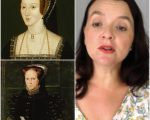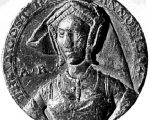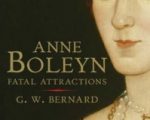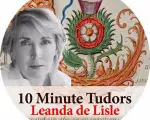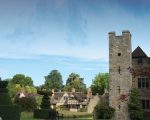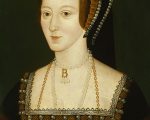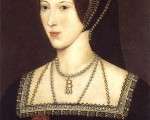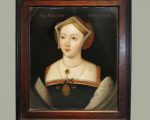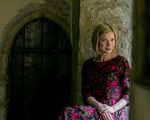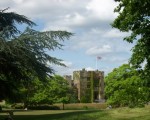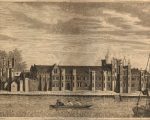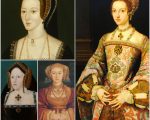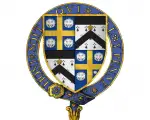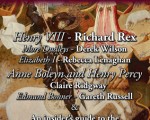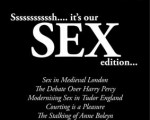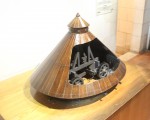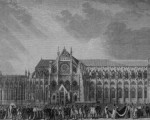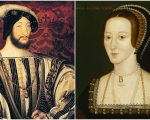
Thank you to Tudor Society member Lynne for asking this question: “When Anne Boleyn was a teenager in the court of Francis I, did she have a bit of a romance going on with the king?”
I (Claire Ridgway) will answer this one as I have done in-depth research into Anne Boleyn’s life, including her time in France.
Anne Boleyn left England in the spring or summer of 1512 to serve at the court of Margaret of Austria in Mechelen. In August 1514, Anne’s father, Thomas Boleyn, wrote to Margaret to inform her that Anne had been appointed to serve Mary Tudor, sister of Henry VIII. Mary was travelling to France to marry King Louis XII of France and Anne had been chosen as one of her maids of honour. It is not known when Anne arrived in France, whether it was in time for Mary’s marriage on 9th October or whether it wasn’t until her coronation in the November, but Anne served Mary from that time until Mary returned to England in the spring of 1515. Anne was retained by the new queen consort of France, Queen Claude, wife of Francis I, and served her until late 1521 when Anne was recalled to England in late 1521.
So, Anne spent seven years in France, serving at the royal court, but was she linked to Francis I romantically during that time?
[Read More...]
